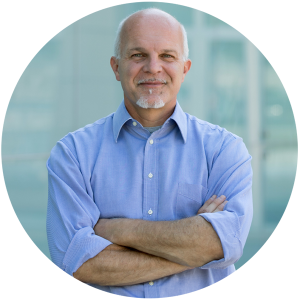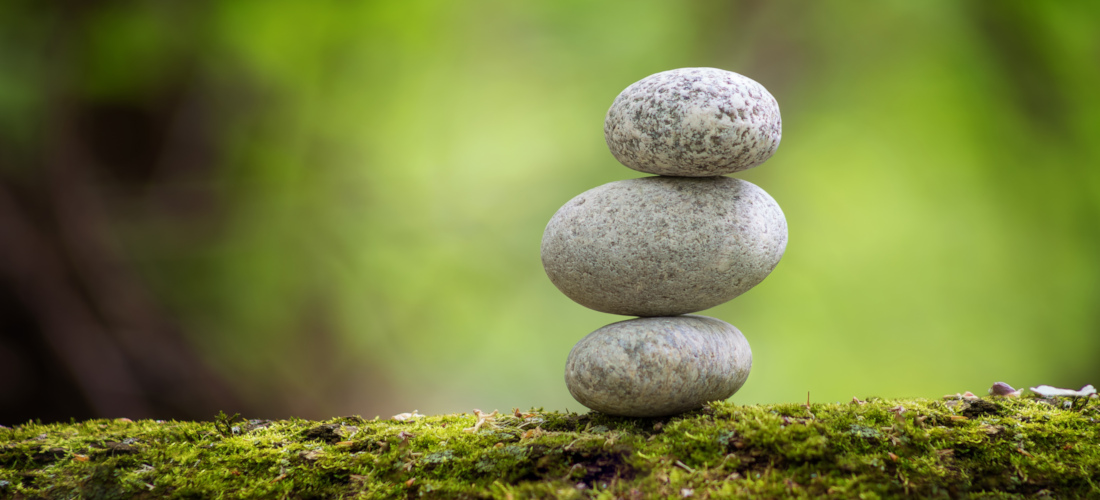Posture correction
Stable from foot to head
Upright posture and an upright gait characterize people.
They are regarded as an indicator of health and well-being.
An upright posture suggests strength and self-confidence.
Various aspects promote an upright posture and a natural gait:
- healthy joints
- Strong muscles and flexible fascia
- healthy organs
- balanced psyche
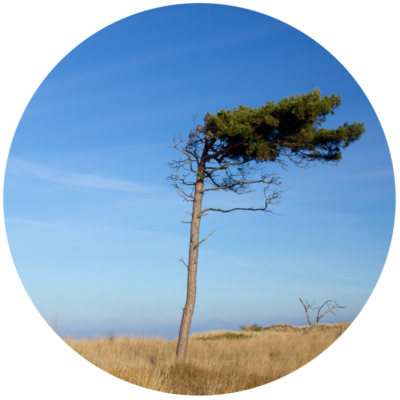
Just like the windswept tree, which is shaped by the wind, people change their posture when external forces counteract a natural straightening. These forces are primarily injuries, sedentary activities, chronic illnesses or congenital structural changes.
Which structures in the body influence upright posture?
No. 1 – The spine
The most important aspect of straightening the human body is the spine.
The “double S” shape of the spine, which is considered natural, develops in infancy.
When the baby learns to lift its head, muscle tension causes the vertebral bodies in the neck to adjust.
Sitting, crawling and the first steps cause the spine to adapt further against gravity and give the spine its shape.
Sitting for long periods, lack of exercise, stress and one-sided physical work leave their mark on muscles, fascia – and after a long time, on the bones too.
This is often a painful process.
No. 2 – The feet
The feet are the foundation of upright posture.
There is no other part of the body about which there are so many misunderstandings and half-truths.
Sturdy footwear is considered necessary even for small children.
Fashion and social constraints take precedence over health and well-being.
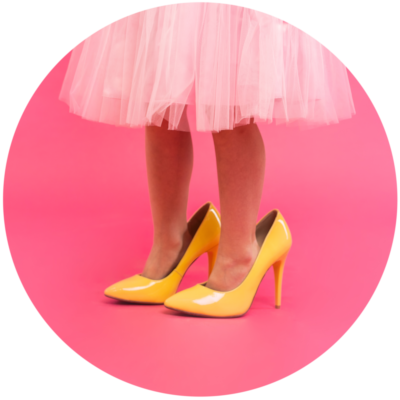
What characterizes healthy feet?
- Foot and ankle joints can take over the majority of the center of gravity alignment
- Active mobility of the arch of the foot
- Relaxed toes in neutral position
- Pain-free walking and standing
The feet are mechanically connected to the body via the ankle joints.
The position of the ankle joints influences the stability of the knees, hips, pelvis and spine.
No. 3 – The leg axles
The support lines of the legs run between the femoral head, knee joint and ankle joints (Mikulicz line).
If this line is not vertical in neutral stance, bow legs or knock-knees, for example, appear.
Although the knees suffer most from axial deviations, they are rarely the cause of pain or injury.
Axial deviations of the legs significantly increase the risk of injuries and signs of wear and tear in the knees, such as meniscus tears or osteoarthritis.
No. 4 – The pelvis and hip joints
The pelvis is exposed to complex mechanical stress stimuli.
There are forces that act on the pelvis from above (spine), from below (legs) and from within the abdomen.
Muscles and fascia transmit the forces from the spine, the legs and the internal organs in the other direction.
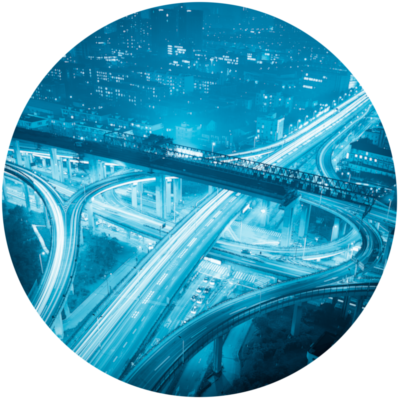
If the interplay of forces is out of sync, this can result in a variety of pain symptoms.
No. 5 – The shoulder girdle
The shoulders (or shoulder girdle) have only one task: to ensure maximum mobility of the arms under tensile load.
Our shoulders are the most striking legacy of our ancestors, the apes.
Lifting, carrying, pulling, all the ligaments and muscles in the shoulder girdle work according to this principle.
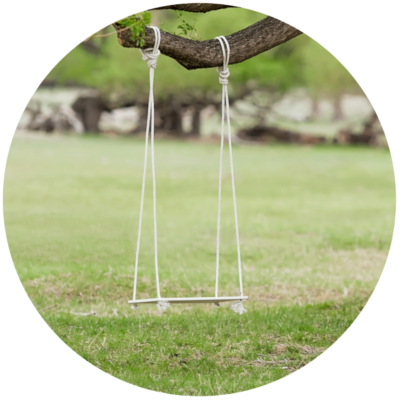
In conjunction with the muscles of the upper back and chest, thrusting and throwing movements can be made possible.
Only movement that is aligned with the natural purpose of the shoulders contributes to long-term shoulder health.
Too little or too much strain on the shoulder girdle is a painful experience for many people.
No. 6 – The head
The head and upper cervical spine are among the most sensitive structures.
Imbalances in the torso and legs very often affect the alignment of the head and cervical spine.
Long-standing trauma (e.g. accident, injury) to the upper cervical spine (cervical spine) or head can cause a wide range of symptoms.
The late symptoms of cervical spine trauma or craniocerebral trauma can be extremely varied due to the complex interactions between mechanical and neurological structures.
The psyche also wants to have a say in this region.
In addition, vital functions such as perception (hearing, sight, smell), breathing, food intake, communication, cognition and psyche are also located in the head.
No. 7 – The psyche
Fear, stress, pain, sadness, anger or insecurity are reflected in our posture.
This can either be very obvious in people or very subtle.
The reaction of other people to changes in the other person’s posture is just as clear or unconscious.
How do postural errors become noticeable?
Many patients know that they have “bad” posture and therefore seek help.
However, problems with body statics can also manifest themselves without obvious postural deficits.
- Frequent cramps or pain in the calves or other leg muscles
- Regular back pain, shoulder or neck pain
- Frequent tension headaches
- Pain in the temporomandibular joint, night-time teeth grinding
- Breathing problems, no longer able to inhale deeply
- Knee pain
- Lots of stress, worries or fears
Postural deficits must always be considered in conjunction with other illnesses.
Osteoarthritis of the knee, for example, is both the cause and consequence of inadequate posture.
What helps?
In order to (re)establish physical and emotional balance, the cause of the imbalance must be identified.
Diagnosis comes before treatment.
The more precisely the cause of a poor posture is identified, the better it can be treated.
Structural changes (e.g. osteoarthritis) are treated differently to muscle tension.
If necessary, a medically prescribed MRI can support targeted treatment.
My philosophy for sustainable posture correction: goal-oriented movement and treatment.
In addition to the selection of osteopathy, acupuncture and mental treatment techniques, the therapy plan also includes customized sports therapy exercises.
